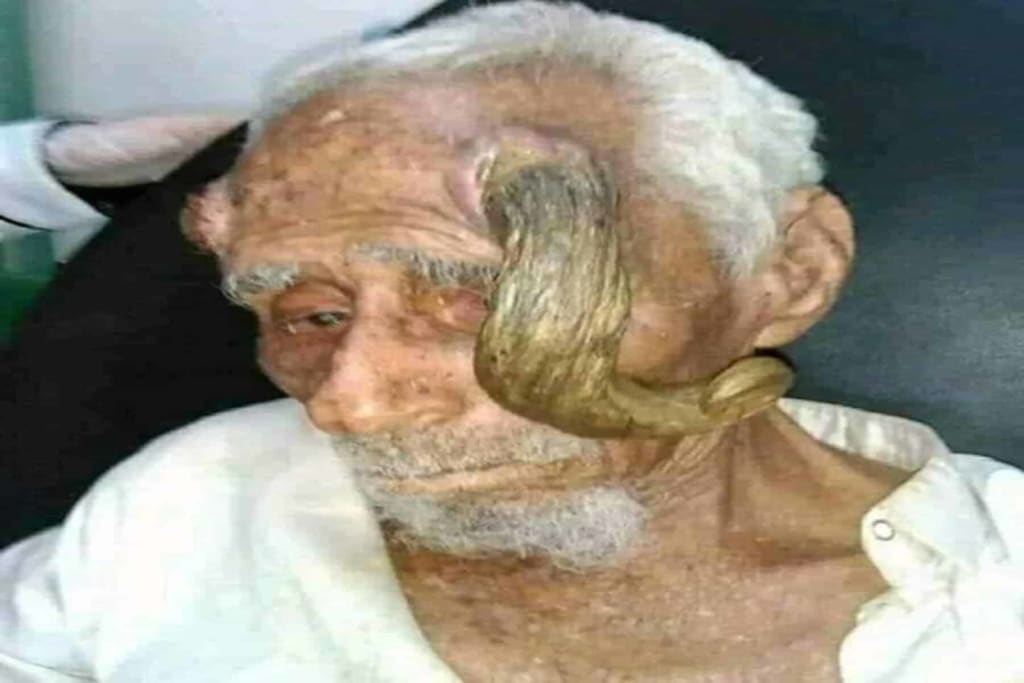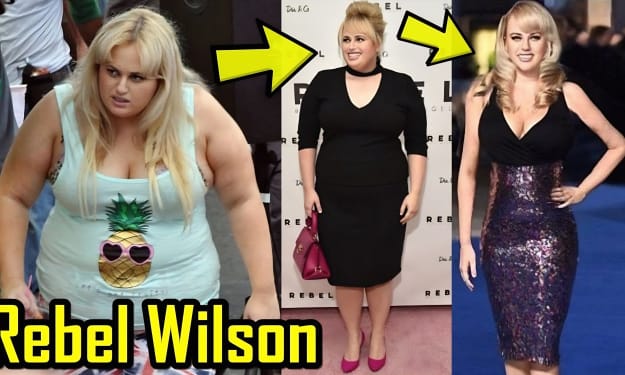Rare Medical Condition Claims Centenarian's Life
Death After Horn Amputation

We are saddened to hear about the recent passing of a centenarian due to a rare medical condition. According to reports, the individual passed away following an amputation of a horn caused by this condition. While this is certainly a tragic event, we believe it is important to raise awareness about this rare condition and to provide information to help prevent further cases.
Understanding the Rare Medical Condition
The condition that caused the individual's horn to grow is known as cutaneous horn. This condition is characterized by the formation of a hard, cone-shaped growth on the skin. The growth is made up of compacted keratin, the same protein found in hair and nails.
Cutaneous horns are typically found on areas of the body that receive frequent exposure to the sun, such as the face and hands.
While cutaneous horns are relatively uncommon, they are generally considered to be benign. However, in rare cases, the growth can be a sign of an underlying cancerous or pre-cancerous condition. This is why it is important to seek medical attention if you notice any unusual growths on your skin.
Prevention and Treatment of Cutaneous Horn
Cutaneous horn is a rare condition that is characterized by the formation of a hard, cone-shaped growth on the skin. While the growth is typically benign, in rare cases, it may be a sign of an underlying cancerous or pre-cancerous condition. To prevent the growth of cutaneous horns, it is important to take steps to protect your skin from excessive sun exposure.
The most effective way to prevent the growth of cutaneous horns is to wear protective clothing, such as long-sleeved shirts and pants, wide-brimmed hats, and sunglasses, when spending time outdoors. In addition, it is important to use a broad-spectrum sunscreen with an SPF of 30 or higher on all exposed skin, and to reapply the sunscreen every two hours or after swimming or sweating.
If you notice any unusual growths on your skin, it is important to seek medical attention right away. A dermatologist can examine the growth and determine if it is a cutaneous horn or if it may be a sign of an underlying condition. In cases where a cutaneous horn is present, the dermatologist may recommend surgical removal of the growth.
Surgical removal of a cutaneous horn is generally considered safe and effective. The procedure is typically done under local anesthesia, and involves cutting away the growth and a small amount of surrounding tissue. In some cases, amputation of the affected area may be necessary to completely remove the growth.
After surgical removal of a cutaneous horn, it is important to take steps to promote healing and prevent infection. The dermatologist may recommend applying a sterile dressing to the wound, and may prescribe antibiotics to prevent infection. In addition, it is important to avoid touching the wound or exposing it to excessive sun exposure while it heals.
In conclusion, cutaneous horn is a rare condition that can be prevented by taking steps to protect your skin from excessive sun exposure. If you notice any unusual growths on your skin, it is important to seek medical attention right away. With early detection and treatment, cutaneous horns can be effectively managed and treated, and further complications can be prevented.
Raising Awareness and Preventing Future Cases
While cutaneous horn is a rare condition, it is important to raise awareness about the condition to help prevent future cases. This can be done by sharing information about the condition with others, and by encouraging regular skin checks with a healthcare provider.
In addition, it is important to seek medical attention if you notice any unusual growths on your skin. While the vast majority of growths are benign, it is always better to err on the side of caution and seek medical advice.
Conclusion
The passing of the centenarian due to cutaneous horn is a tragic event, and our thoughts are with their loved ones during this difficult time. However, we hope that by raising awareness about this rare condition, we can help prevent future cases and ensure that individuals receive the care they need to address the growths.
About the Creator
Jack Brel
At Vocal Media, I am excited to be a part of a platform that values creativity and original content. I am confident that my skills and experience will enable me to create impactful campaigns and bring value to the Vocal Media community
Enjoyed the story? Support the Creator.
Subscribe for free to receive all their stories in your feed. You could also pledge your support or give them a one-off tip, letting them know you appreciate their work.






Comments
There are no comments for this story
Be the first to respond and start the conversation.